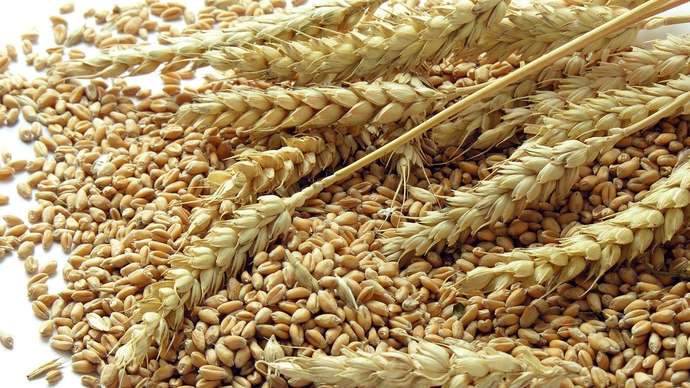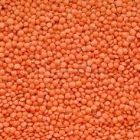Mar 31-23: Russia (wheat) landscape shifting
Russian political landscape is evolving in ways that ought to reshape the conventional way we view wheat global price discovery. You may have read news about two major firms electing to leave Russia this week. Root of business decision looks to be about abandoning grain origination.
Russia looks to be positioning itself for greater control over domestic grain trade. Yet anybody could still buy free-on-board (fob) port. Coming through lens that duration of war and sanctions could be lengthy, think Russia is slowly metamorphosing businesses to circumvent existing sanctions. Adage to become, you want our cheap grain, you’ll have to do it with our transportation and internal payment & pricing terms. Russia just needs time to change it.
Think of a two-tiered price grid. Those importers who are on good political terms with Russia and can operate without offending the West, ought to be able to access that market in a more predictable way with cheaper price. This loop ought to lack transparency. Those who are not on good political terms with Russia or don’t want to risk offending the West, or want specific quality attributes, will be dependent on next layer of a more expensive price choice and origins. Many operate this way already.
Russia looks poised to cozy-up with China and others, and anytime that occurs, price and transparency dilutes, so does predictability. Russia still needs to export wheat, but the composition of how and who is at risk of changing in coming years.





